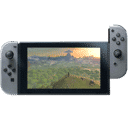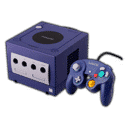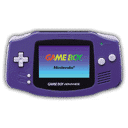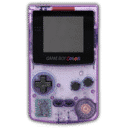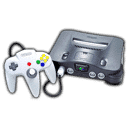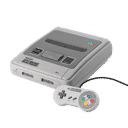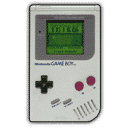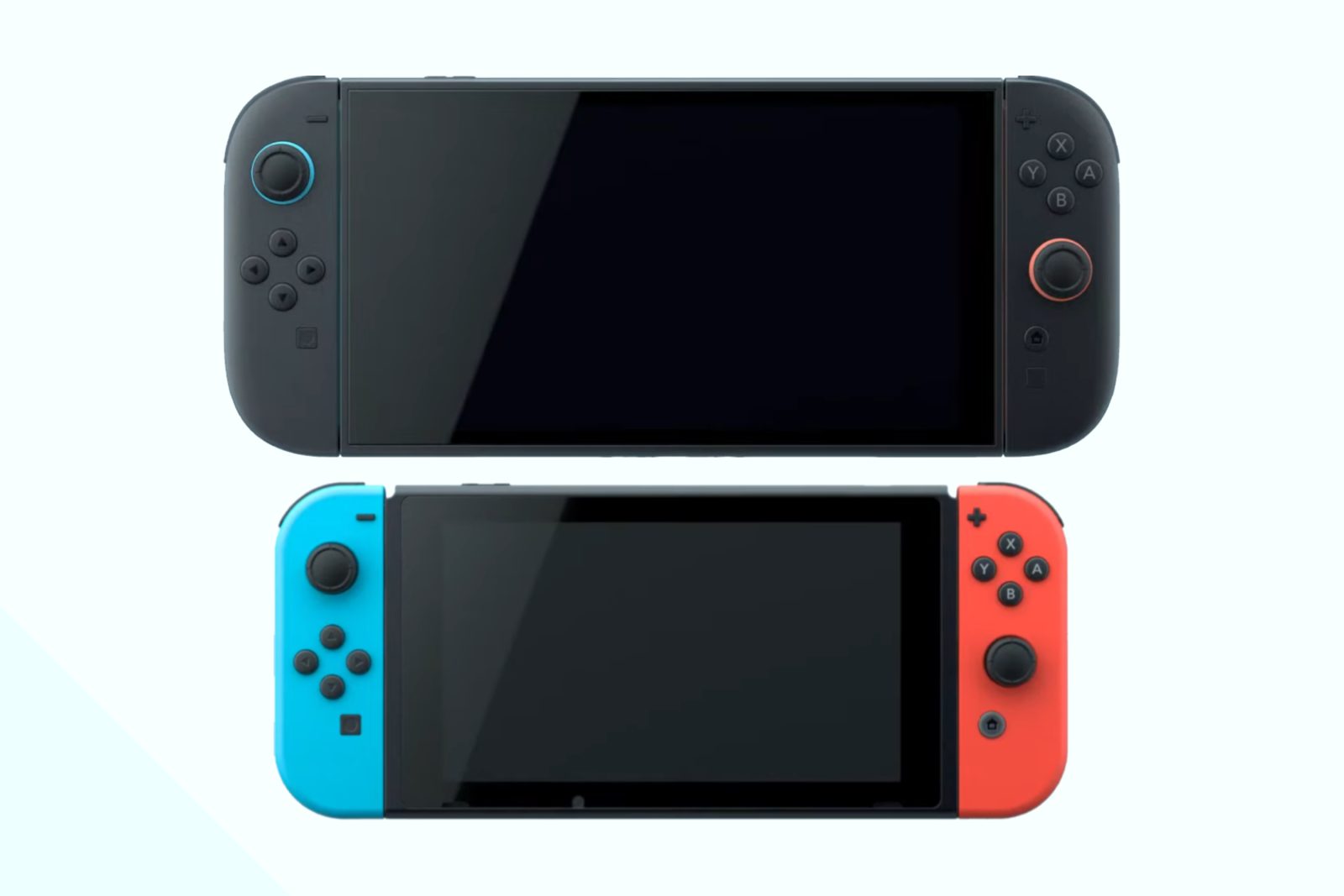
Summary:
Nintendo Switch 2 launched with a clear promise: you would be able to bring your existing Nintendo Switch library with you and keep playing without starting from zero. Reality, of course, is a bit messier. Some games slipped through the cracks, especially on the third party side, and players quickly found titles that booted on the original hardware but refused to behave on the new system. That is where this latest compatibility update comes in. Nintendo has been working directly with third party developers to iron out those problems, and a fresh wave of patches now brings a surprisingly varied line up of games into the fully playable column. From action heavy releases like Batman: Arkham Knight and Hitman 3 Cloud Version to JRPGs such as Tokyo Xanadu eX+ and quirky visual novels, the list covers a wide range of genres and audiences. At the same time, a handful of games like Doom (2016), Doom + Doom 2, Captain Tsubasa: Rise of New Champions, and Oddworld: Soulstorm still do not behave as intended on Switch 2. Here we walk through what changed, which games are now safe to buy and play on the new console, why a small group still misbehaves, and how you can keep track of future fixes without getting lost in patch notes.
Nintendo Switch 2 backward compatibility at a glance
Nintendo Switch 2 was built around the idea that your existing Nintendo Switch library should come along for the ride, both physically and digitally. Official messaging has repeatedly stressed that most Nintendo Switch games will run on Switch 2, with support for original cartridges and digital purchases carrying across through your Nintendo Account. That alone sets the tone for how seriously Nintendo treats compatibility this time. Instead of starting a clean break like older generations, Switch 2 behaves more like a powerful upgrade where your shelves still matter. Of course, “most games” is not the same thing as “all games”, and that gap is exactly what recent updates are trying to close. Nintendo has been testing thousands of titles, identifying which ones stumble, and pushing out fixes in waves so that each batch of patches meaningfully shrinks the list of troublemakers.
How Nintendo is working with third party studios on fixes
Behind each of these compatibility waves there is a quiet back and forth between Nintendo and external studios. Third party developers know their code inside out, while Nintendo understands the quirks of Switch 2 hardware and its translation layer. When a game fails on the new system, engineers dig into logs, identify where calls behave differently, and decide whether the fix belongs in the game itself, the compatibility layer, or the system software. Some patches arrive as normal updates that you download from the eShop, while others are essentially invisible, baked into the way Switch 2 translates old instructions into its new language. From the outside, you simply see a notification that a new version is available or notice that a once broken game suddenly boots and runs smoothly. The important part is that this is a structured program, not random luck, and today’s batch is just one more step along that path.
The translation layer that keeps Switch games alive on Switch 2
Switch 2 does not simply copy the original Switch hardware and call it a day. Instead, it uses a translation layer that sits between the old software and the new chips, catching calls intended for the first Switch and turning them into something the new system understands in real time. Imagine an interpreter sitting between two people who speak different languages, translating as they talk while keeping the conversation flowing. That is roughly what happens when your copy of a Nintendo Switch game spins up on Switch 2. Most games never notice the difference, especially when they were written to follow Nintendo’s guidelines closely. Problems appear when a game leans heavily on timing tricks, unusual graphics paths, or assumptions about the old hardware that no longer hold true. That is why some titles work on day one while others, especially technically ambitious or unusual ones, need targeted attention before they feel right.
Official compatibility tools and how to check your games
To keep players from guessing in the dark, Nintendo now maintains an official compatibility checker for Nintendo Switch 2. You can search by title and see whether a game is fully compatible, playable with caveats, or currently not supported. The tool covers both physical and digital versions, which matters when a game has multiple regional releases or slightly different builds. For games with minor issues, the page often lists details, such as specific modes that may misbehave or accessories that are required for the best experience. When a new wave of fixes rolls out, that website is usually updated in the same window, so you can confirm whether a previously flagged title has moved into the green category. Checking there before buying new cartridges or digging up old favorites is an easy way to avoid disappointment, especially if you rely heavily on niche or imported releases.
Newly fixed Switch games that now run correctly on Switch 2
The latest update focuses on a tightly curated but surprisingly diverse set of Nintendo Switch releases that now behave correctly on Switch 2. Some of them were completely unplayable before, freezing on boot or crashing when specific effects were triggered. Others technically loaded but suffered from glitchy visuals, missing audio, or severe performance drops that made them hard to enjoy on the new hardware. With the current patch cycle, Nintendo and its partners have nudged all of the following into the “works as intended” column, making them safe picks if you want to enjoy them on both systems without worrying about odd behavior or game breaking bugs.
- Abyss Memory Fallen Angel and the Path of Magic
- A Clockwork Ley-Line: Kagerou ni Samayou Majo
- Aokana: Four Rhythms Across the Blue (JP version)
- Arcade Party
- Assault Suit Leynos 2 Saturn Tribute
- Batman: Arkham Knight
- Genso Manege
- Godlike Burger
- Hitman 3 Cloud Version
- KarmaZoo
- Model Debut #Nicola
- S.N.I.P.E.R.: Hunter Scope
- They Bleed Pixels
- Tokyo Xanadu eX+
- Touhou Genso Wanderer Reloaded
- Windjammers
- Xenoblade Chronicles X: Definitive Edition
Action and cloud games in the latest compatibility batch
Some of the most eye catching names in this list come from the action and cloud gaming side. Batman: Arkham Knight has long been a fan favorite on other platforms, and seeing it run properly on Switch 2 gives players another reason to revisit Gotham while enjoying higher performance and cleaner visuals than on the original Switch. Hitman 3 Cloud Version is another interesting case, because cloud releases depend both on local behavior and server side streaming. Earlier issues on Switch 2 included unstable performance during certain large scale missions and misaligned input prompts; the latest fixes resolve those headaches so Agent 47 once again feels precise. Even more arcade leaning titles like Assault Suit Leynos 2 Saturn Tribute now hold steady frame rates where they previously dipped at chaotic moments. For players who lean toward reflex heavy experiences, this batch represents a noticeable quality jump.
JRPGs, visual novels, and story driven releases now supported
On the opposite side of the spectrum sit narrative rich games like Tokyo Xanadu eX+, A Clockwork Ley-Line: Kagerou ni Samayou Majo, and Aokana: Four Rhythms Across the Blue (JP version). These games may not push as many particles as a blockbuster action release, but they often rely on elaborate scripting, custom engines, and dense text systems that can react poorly to small timing differences. Before the fix, players reported soft locks during certain story sequences, misplaced UI layers, or crashes tied to specific transitions on Switch 2. After the update, those issues have been resolved, restoring smooth progression through long story arcs and side activities. For fans who invest dozens of hours in character driven plots, knowing that saves are safe and scenes play out as intended on the new hardware removes a major source of anxiety.
Indie, arcade, and retro inspired games that benefit from patches
The batch also includes several indie and arcade style releases that might look simple at a glance but demand tight timing and accurate input handling. Windjammers and They Bleed Pixels both fall into that category. Minor desyncs, missed inputs, or inconsistent slowdowns were enough to spoil competitive matches or speedrun attempts on Switch 2 before the recent work. With the latest fixes, these games regain the snappy feel that made them stand out on the original Switch. Smaller but stylish projects like Abyss Memory Fallen Angel and the Path of Magic, Genso Manege, KarmaZoo, and Model Debut #Nicola also benefit, often with less visible but still important corrections like improved suspend and resume behavior or clean transitions between docked and handheld play. For players who love digging through the eShop for hidden gems, seeing indie names on the fixed list is a reassuring sign that Nintendo is not only focusing on big budget blockbusters.
Switch games that still have issues on Switch 2 and why
Even with this wave of patches, not every troubled game has been rescued yet. Nintendo has flagged a small set of releases that still do not work correctly on Switch 2: Doom (2016), Doom + Doom 2, Captain Tsubasa: Rise of New Champions, and Oddworld: Soulstorm are the current headliners. The reasons vary from case to case. The Doom titles push the original hardware very hard and rely on specific low level behavior that the translation layer finds difficult to mimic perfectly, especially around dynamic resolution and heavy effects. Captain Tsubasa blends fast paced action with elaborate cutscene style moves, which may expose timing assumptions that no longer hold on Switch 2. Oddworld: Soulstorm, meanwhile, has a history of performance quirks across platforms, and squeezing it into a higher resolution environment while keeping stable performance is clearly non trivial. Until these games receive dedicated updates or deeper system tweaks, Nintendo recommends playing them on the original Switch where necessary.
Practical tips for players dealing with compatibility problems
If you own one of the still affected games, or if you stumble across a new issue, there are a few practical steps worth taking. Start by checking the official compatibility website to confirm the current status of the game, since Nintendo often posts notes about known problems and recommended workarounds. Make sure both your Switch 2 firmware and the game itself are fully updated; more than once, a fix has arrived silently through a small patch. If the game supports both cloud and local modes, try switching between them to see which behaves better on your connection and hardware. For physical copies, reseating the cartridge and rebuilding the system cache can resolve rare corruption related glitches. When nothing helps, capturing a short video or screenshot and sending it through official support channels can actually make a difference, because engineers rely on real world reports to prioritize which obscure bugs to tackle next.
What this ongoing compatibility work means for the future of Switch 2
Looking at this update in context, it is clear that Nintendo treats backward compatibility as an ongoing project rather than a one time promise. Early statements talked about a smooth transition from Nintendo Switch to Switch 2, and the current pattern of compatibility waves shows how that promise is being kept in practice. Each batch of fixed games reduces the reasons to keep your original system plugged in, while also giving third party publishers more confidence that their back catalog will remain valuable on the new hardware. Over time, the list of incompatible titles should shrink to a tiny handful of edge cases that simply cannot make the jump. For players, that means shelves full of cartridges and digital libraries built over years remain worth something, inviting you to revisit favorites with better performance while you slowly grow a Switch 2 native library alongside them.
Conclusion
Nintendo Switch 2 is steadily evolving from a promising upgrade into a confident new home for almost the entire Nintendo Switch library. This latest compatibility update pulls in a wide cross section of games, from Batman: Arkham Knight and Hitman 3 Cloud Version to Tokyo Xanadu eX+, Windjammers, and niche visual novels, proving that both big publishers and small studios are part of the effort. At the same time, the clear admission that games like Doom (2016), Doom + Doom 2, Captain Tsubasa: Rise of New Champions, and Oddworld: Soulstorm still have issues is oddly reassuring, because it shows Nintendo is willing to be transparent while work continues. For you as a player, the path forward is simple: check the official compatibility tool, keep your games updated, and treat each wave of fixes as an invitation to rediscover old favorites with a smoother, sharper feel on Switch 2. The more these patches arrive, the more Switch 2 stops feeling like a fresh start and instead becomes the natural continuation of everything you already own.
FAQs
- Which newly fixed games are the biggest highlights in this update?
- The most eye catching names in the current batch include Batman: Arkham Knight, Hitman 3 Cloud Version, Tokyo Xanadu eX+, Windjammers, and They Bleed Pixels. Alongside those, several visual novels, indie releases, and smaller curiosities such as Aokana, A Clockwork Ley-Line, Abyss Memory, and Model Debut #Nicola now run correctly on Switch 2, rounding out the list for players with more niche tastes.
- How can I check if a specific Nintendo Switch game works on Switch 2?
- You can use Nintendo’s official compatibility checker, which lets you search by title and see whether a game is fully supported, playable with caveats, or currently not working on Switch 2. The tool also clarifies whether its information applies to physical, digital, or cloud versions, and is updated when new patches roll out, so it is worth bookmarking if you own a large library.
- Why do some games still not work properly on Nintendo Switch 2?
- Games like Doom (2016), Doom + Doom 2, Captain Tsubasa: Rise of New Champions, and Oddworld: Soulstorm tend to push the original hardware in very specific ways, relying on low level behavior, strict timing, or unusual rendering tricks. The translation layer on Switch 2 cannot perfectly reproduce those assumptions yet, so the games run into crashes, severe performance issues, or visual glitches. Fixing them usually requires extra collaboration between Nintendo and each developer.
- Do I need to buy my games again to get these compatibility fixes?
- In most cases, no. If you already own the Nintendo Switch version, the improvements arrive as normal patches, either for the game itself or for the Switch 2 system software. As long as you keep both the console and your software updated, you benefit from the compatibility work without paying again. Only separate paid upgrades or remasters would require an extra purchase, which would be clearly labeled in the eShop.
- Is it still worth keeping my original Nintendo Switch connected?
- For many players, Switch 2 will quickly become the main system, thanks to higher performance and growing compatibility. However, if you rely heavily on one of the still broken games or on apps that do not yet work on Switch 2, keeping your original Switch around is a practical safety net. Over time, as more fixes land and the list of problematic titles shrinks, you may find you only power up the older hardware for a few stubborn favorites.
Sources
- It’s Official, “Switch 2” Will Be Backwards Compatible, Nintendo Life, November 5, 2024
- The Nintendo Switch 2 Supports Original Switch Cartridges, The Verge, January 16, 2025
- Nintendo Launches Website That Lets You Check Compatibility Of Switch Games On The Switch 2, Automaton Media, November 2025
- With The Switch 2, Nintendo Is Clearly The Only Company That Understands Backward Compatibility, XDA Developers, May 23, 2025
- Everything We Know About The Nintendo Switch 2, GAM3S.GG, March 25, 2025


